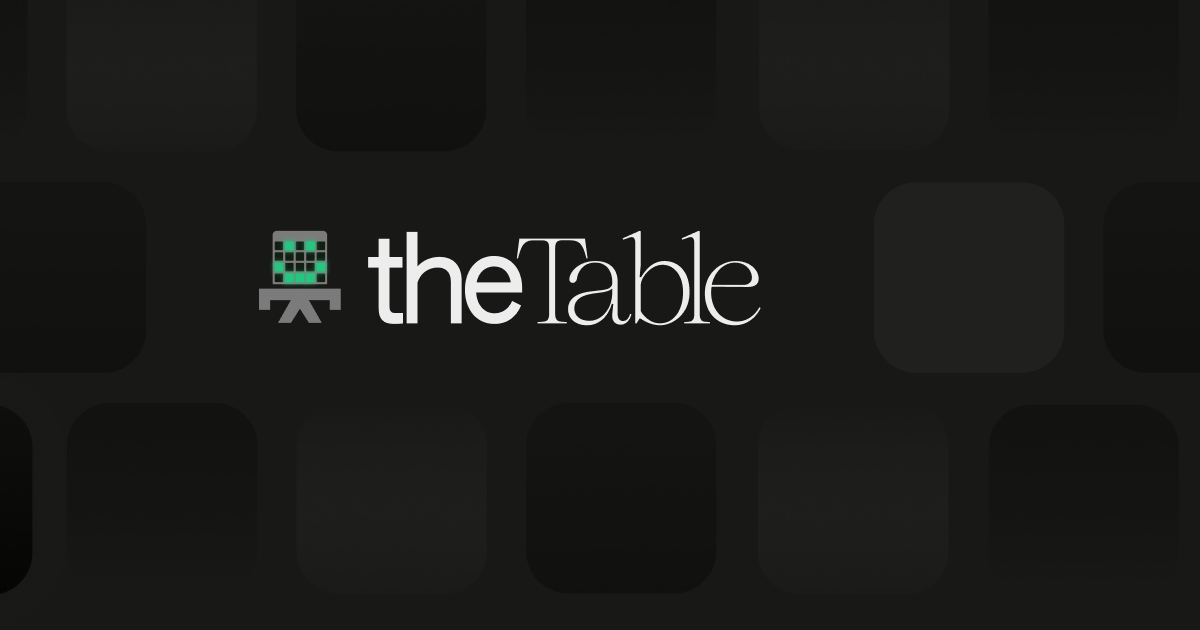PostgreSQL Backup Simplified: Using pg_dump Like a Pro
 DbVisualizer
DbVisualizer
Keeping a backup of your PostgreSQL database ensures data safety in case of unexpected failures. pg_dump is a powerful command-line tool that allows you to create database backups efficiently. This guide explains how pg_dump works and covers the most useful commands to simplify your backup process.
How pg_dump works and why you need it
Database backups are essential for disaster recovery, migrations, and testing. PostgreSQL’s pg_dump is a reliable tool that extracts databases into different formats while ensuring consistency, even when the database is actively used.
Why use pg_dump?
It enables full or partial database backups
It supports multiple output formats (SQL, tar, directory, custom)
It works efficiently with large databases
It allows easy remote backups over SSH
By using pg_dump effectively, you can ensure your PostgreSQL data remains protected and easily recoverable.
Export a full database as SQL
pg_dump -U admin -d company -f company_backup.sql
Creates an SQL file with schema and data.
Exclude a table from the dump
pg_dump -U admin -d company -T logs -f company_backup.sql
Excludes the logs table from the backup.
Use SSH to dump a remote database
ssh user@remote_host "pg_dump -U admin -d company" > company_backup.sql
Secures database backups over SSH.
Conclusion
Using pg_dump effectively is key to maintaining PostgreSQL databases secure. Whether you need full database dumps, schema-only exports, or selective backups, pg_dump offers the flexibility to handle various backup needs. Implementing a solid backup strategy ensures that your data remains recoverable and safe.
For a deeper understanding and more advanced techniques, read the article A Complete Guide to pg_dump With Examples, Tips, and Tricks.
Subscribe to my newsletter
Read articles from DbVisualizer directly inside your inbox. Subscribe to the newsletter, and don't miss out.
Written by

DbVisualizer
DbVisualizer
DbVisualizer is the database client with the highest user satisfaction. It is used for development, analytics, maintenance, and more, by database professionals all over the world. It connects to all popular databases and runs on Win, macOS & Linux.